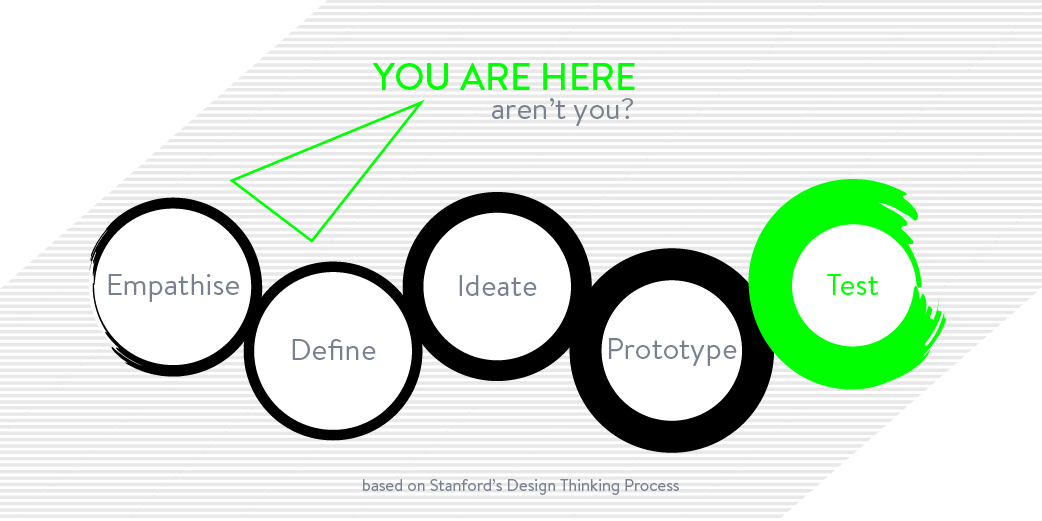
The question keeping me awake over the last month has been: how do designers or publishers get to know their audience? ‘Audience’ sounds like a faceless mass to me, so I decided to find some faces, some voices and some eyes – to question, track and analyse. I want to know a little more about real readers in order to (hopefully) get an insight into this mystery of reading and understanding. I’m casting myself as a sort of story-telling cupid, curious to see what comes from observation and admission, in order to aim my creative arrows in the right direction. My next step is to conduct qualitative user testing in the lab.
The test participants are tertiary educated; a few of them knee-deep in their own master’s research. The reason for this group is that I want to talk to readers who already had a vested interest in expanding their net of understanding. This user test is biased toward curious, explorative types. The second reason is that the test case longform article is written by and aimed at this target audience, masters students in media related fields, researching in English. Not much else is known about the participants’ reading or data mining habits at this point.
Reading has two functions I’m interested in:
- knowledge acquisition
- empathy building (I include reader connection with the author, publisher or subjects within the story)
These two functions relate to Max-Neef’s human needs of understanding and participation. And also to my interest in how readers build a network of understanding.
There are three parts to the user study: part one and two test understanding, in part three I’m interested in reader participation. Part one asks out about reader habits, part two will involve using eye-tracking software to gauge the response to our longform text design, part three is an informal conversation aimed at thinking more broadly about what readers need from their text online, how they imagine interaction and how they share information currently.
Narrowing down the longform’s function is a necessary and challenging task. Necessary because it helps clarify what I’m asking of the readers and to see what ‘reality’ looks like compared to our intention as publishers/designers. Challenging because it feels like I’m often trying to solve every problem through publishing. Simplicity is key at this stage. One problem solving method involves writing your intention in a limited format, like a haiku:
presenting the most
meaningful thesis stories
no collecting dust
The decision to publish the longform using the Novella Template and Aesop plugin took into consideration the ability to visually track how far through the story a reader is. Inevitably, a reader will be interrupted, and this is an important key in helping overcome the disorientation of reopening a digital text when the haptic marker of place, like a bookmark, is missing. The plugin also allows for chapter breaks, another navigation option. David Sleight, UX & Product Designer said ‘a table of contents on a single page is an act of humane design’, this ethos drives the decisions behind the embedded multimedia and uncluttered layout for the longform. The next stage of user testing helps find the points where we could make the design even more ‘humane’, in both a sense of fulfilling needs we might not see yet, and also through design choices in making existing features easier to use.
Alessandro Ludovico said “the real power of digital publishing lies… in its superior networking capabilities”. Therefore, publishing our longform stories online means we need to have a more holistic approach and look into the networking potential for our content. Would it help readers by connecting the longform with Apps like Prismatic, Instapaper, Twitter, Pocket or annotation programs like Hypothes.is? My approach is to consider content, context and user interaction – the ease with which readers can share, annotate, comment, save for later reading. User testing and design is an iterative process, and these are the first steps, but I look forward to the (hopefully) surprising insights at the end of the month.
Look out for the coming arrows!

